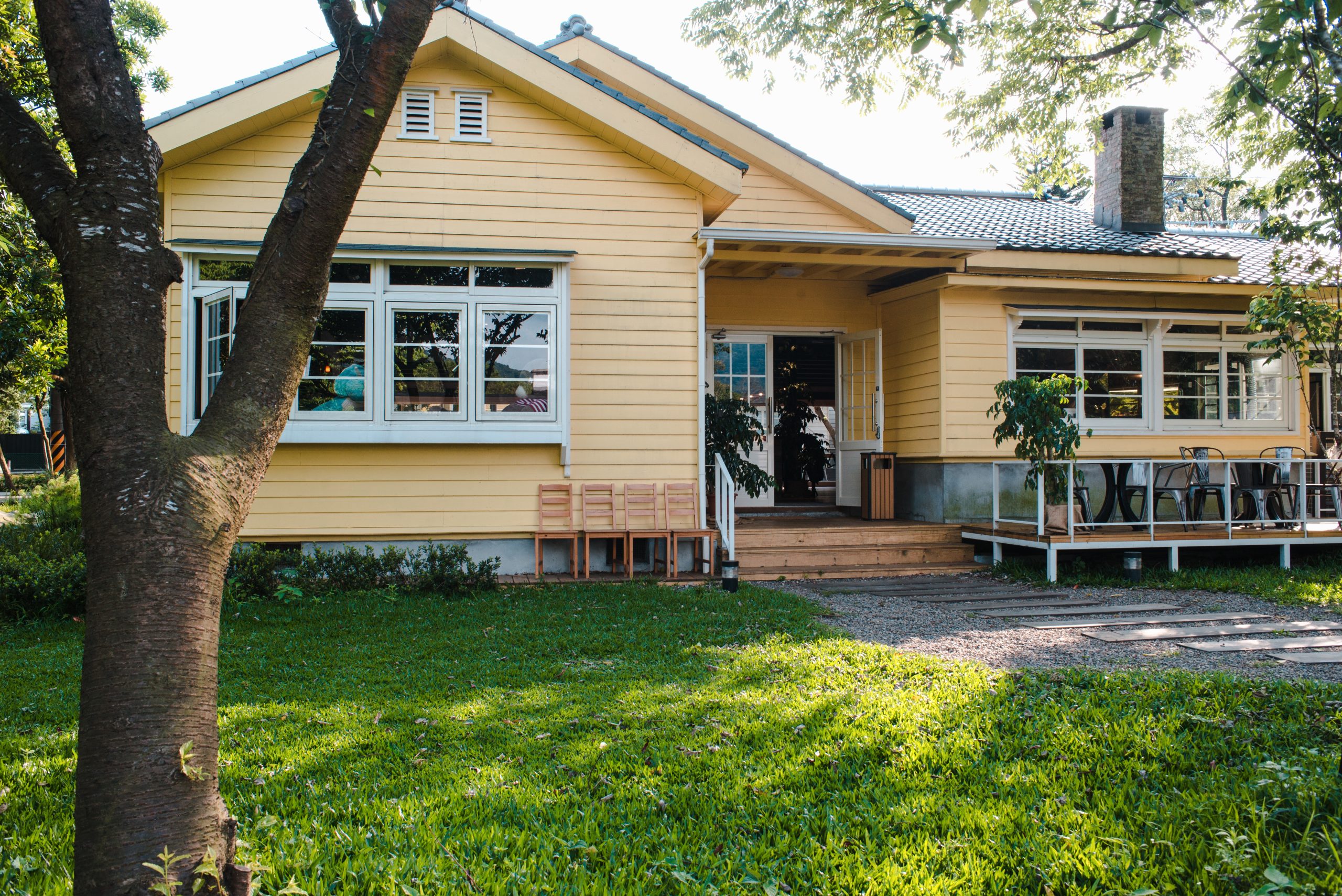Creating Harmony: How to Design Your Home and Garden
Welcome to our journey into the world of home and garden design, where we blend aesthetics with functionality to create spaces that are not only beautiful but also resonate with our personal style and needs. In this blog post, we’ll explore various strategies and tips to transform your living spaces, both indoors and outdoors, into havens of comfort and style. Whether you’re starting from scratch or looking to revamp your existing setup, these insights will guide you through the process of creating a harmonious living environment.
Understanding Your Space: The Key to Effective Design
Designing your home and garden starts with a thorough understanding of your available space. It’s essential to assess the size, shape, and natural light in each area to determine what will work best. For indoor spaces, consider the flow between rooms and how to make the most of every inch. In the garden, observe the sun’s path, wind patterns, and soil type. This knowledge will help you make informed decisions about furniture placement, plant choices, and overall layout.
Merging Style with Functionality
Your home and garden should not only look good but also serve your lifestyle needs. In home design, focus on creating a balance between aesthetic appeal and practicality. Choose furniture and decor that reflect your personal style but also offer comfort and functionality. Similarly, in your garden, opt for plants that are not only pleasing to the eye but also suitable for your climate and easy to maintain. Incorporating elements like outdoor seating or a kitchen garden can enhance both the usability and beauty of your outdoor space.
Color and Texture: Bringing Life to Your Spaces
Colors and textures play a crucial role in setting the mood and atmosphere in both home and garden. In interior design, a cohesive color scheme can create a sense of harmony, while a mix of textures adds depth and interest. In your garden, consider the color palette of your plants and how it changes with the seasons. Using a variety of textures, from smooth leaves to rough bark, adds diversity and sensory appeal to your outdoor space.
Sustainable Practices: Eco-Friendly Design Choices
In today’s world, incorporating sustainable practices into home and garden design is more important than ever. Choose eco-friendly materials and energy-efficient appliances for your home. In the garden, adopt practices like composting, water conservation, and using native plants to reduce your environmental footprint. These choices not only benefit the planet but can also save you money in the long run.
In conclusion, designing your home and garden is a creative process that combines art and science. By understanding your space, merging style with functionality, playing with colors and textures, and making sustainable choices, you can create a living environment that is both beautiful and practical. Remember, the key is to reflect your personal style and needs, making your home and garden true extensions of yourself.
